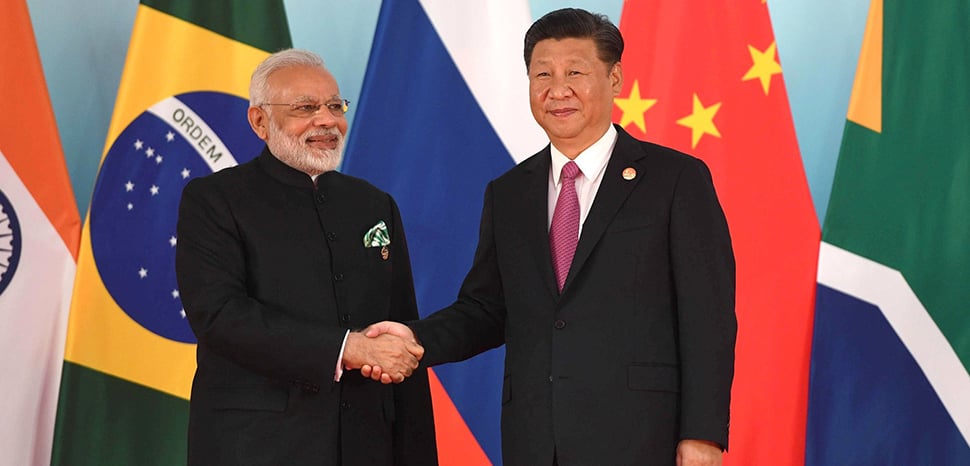1. China Lifts Export Curbs on Rare Earth Magnets
China has lifted its restrictions on exporting rare earth magnets to India—critical for industries like electronics, renewable energy, and defense. This signals a notable easing of trade tensions and could significantly benefit Indian manufacturing and technology sectors. (Reuters)
2. Broader Export Liberalization
China is also easing export restrictions on other strategic items—such as fertilizers, rare earth minerals, and tunnel boring machines. These concessions reflect growing economic pragmatism and align with recent diplomatic engagements. (The Economic Times, The Economic Times, The Times of India)
3. High-Level Diplomatic Engagement in New Delhi
Indian External Affairs Minister S. Jaishankar met Chinese Foreign Minister Wang Yi in New Delhi. Their discussions spanned multiple fronts, including trade, border peace, and people-to-people exchanges. Both stressed the importance of a “candid and constructive” approach to restore stability. (Reuters, The Times of India)
4. Bolstering Bilateral Ties Amid Global Shifts
Indian Prime Minister Modi and Chinese officials have acknowledged “steady progress” in stabilizing ties post the 2020 border clashes. The agenda includes resuming direct flights, reviving cultural exchanges (like pilgrimages to Tibet), and preparing for Modi’s upcoming visit to China during the SCO summit. (AP News, Bloomberg.com, Reuters)
5. Protecting Domestic Steel Industry
India’s Directorate General of Trade Remedies has recommended a safeguard tariff on certain steel imports—starting at 12% and tapering to 11% over three years—to shield domestic steel producers from rising imports, particularly from China. (Reuters)
Overall Insight
Today’s developments indicate a cautious but meaningful thaw in India–China trade relations, marked by:
-
Strategic concessions from China, easing restrictions on essential industrial materials.
-
Diplomatic momentum, with high-level talks delivering commitments across trade, connectivity, and border management.
-
Economic balancing by India, simultaneously opening certain sectors while protecting others like steel.
This dynamic reflects a shifting geopolitical landscape where both countries are recalibrating interests amid external pressures. Let me know if you'd like a deeper look at border trade routes, specific industries impacted, or upcoming diplomatic schedules!

